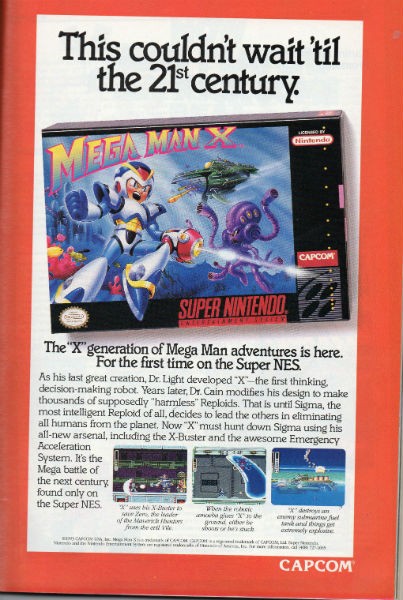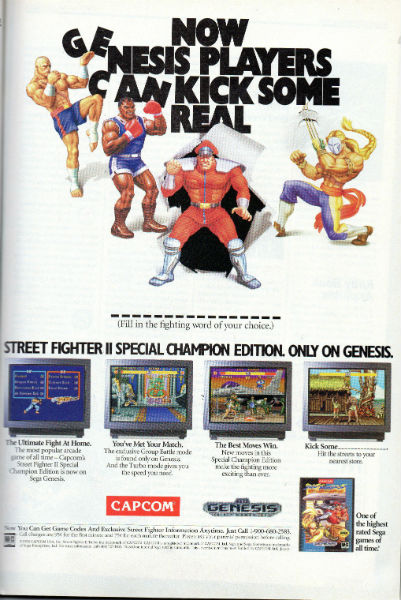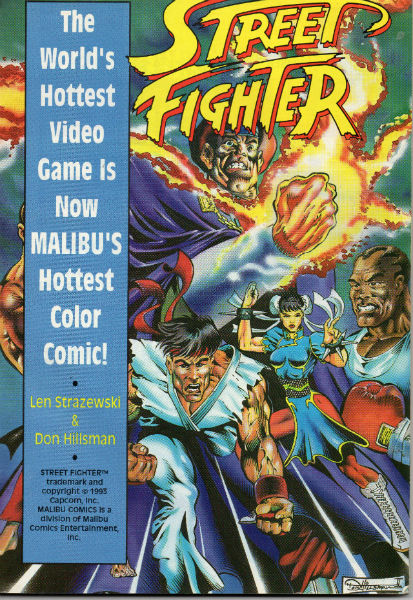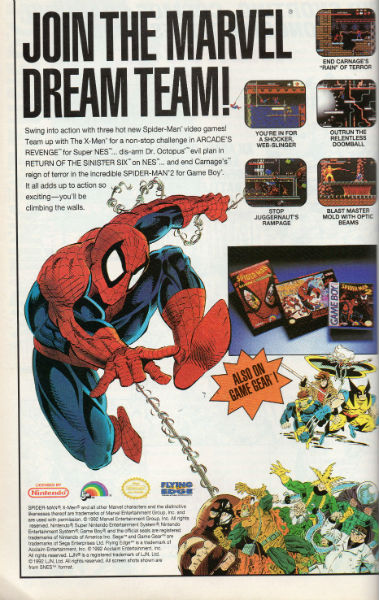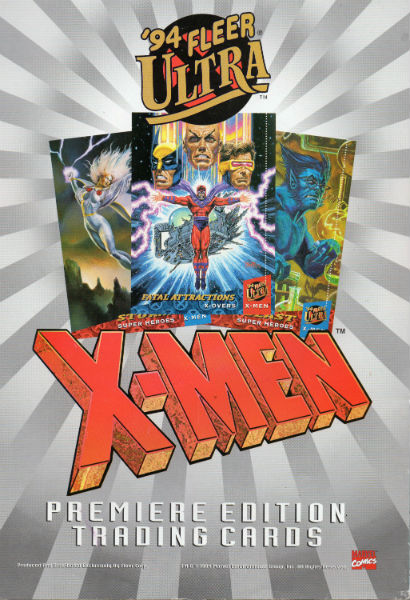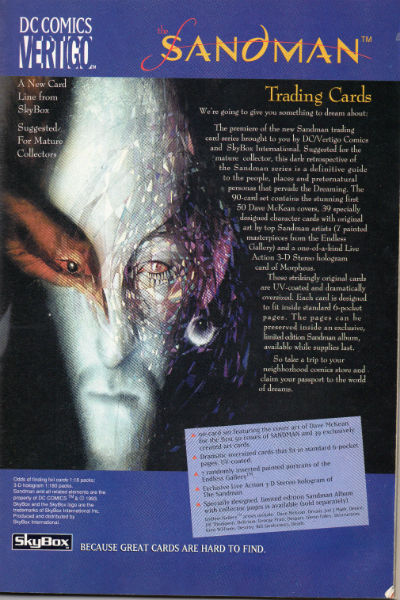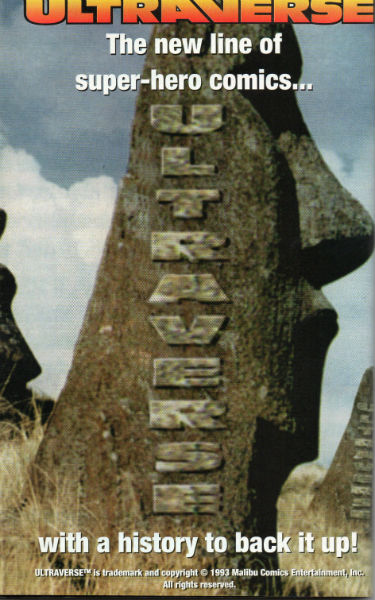In the early 90's, comic books experienced a huge resurgence in popularity. Thanks in very large part to the Death of Superman in Superman #75. This resurgence wasn't brought on by genuine lovers of the comic book medium though. It was brought on by speculators, hence the common name for the era...the speculator boom.
Speculators, as they are known, were folks who got into comics for the singular purpose of trying to make money. Whether that be by buying comics with potential to go up in value, opening a comic book shop to capitalize on the popularity of the hobby, or producing products for the masses of speculators to purchase.
One of the benefactors of this era was the magazine, Wizard: Guide to Comics. They saw an opportunity to make money through selling their magazine to the collectors. It came out every month and featured articles, contests, interviews, new release info, price guides, and of course...advertisements for more comics and comic related products. During the era, EVERYONE had a hot new product they wanted to sell to the eager speculators, and Wizard was there to promote them. I have often wondered how much they could sell full page ad space for in their magazine at the height of the era.
Today I scanned several ads from old issues of Wizard magazine to give you an idea of what I'm talking about. I hope you enjoy this short trip down memory lane, and please, share your memories with us in the comments when you're done. Enjoy!
First off, video game ads were very common in Wizard magazine. It was a natural place for game companies to advertise since large numbers of fans of comic books and video games crossed over.
Here is another video game ad, this time for the Sega Genesis version of Street Fighter 2, which was the Special Champion Edition that had Vega, Bison, and Sagat as playable characters which the Super Nintendo version didn't have.
And speaking of SF2, as you can see in this ad, Malibu comics was trying to take advantage of the cross over appeal between comic lovers and video game lovers by creating and releasing a Street Fighter 2 comic book.
That appeal went both ways. The ad above is for one of many video games based on comic book characters. I had the Spiderman and the X-Men SNES game, and it was always a fun way to kill a couple of hours.
Not only did comic book characters get the video game treatment, they got the trading card treatment as well. In the early 90's, non-sports cards went through quite a boom period also. Most properties, comics, movies or toy fads, seemed to have a trading card set. Looking back on the trend now, it's easy to see that the publishers were doing these things to squeeze even more money out of their properties. And it was a smart move on their part. I know I bought my fair share of trading cards of all kinds in those days.
And here is another example of a comic series getting a trading card set. Skybox was near the top of companies producing non-sports trading cards during the boom period. I had so many different card series from them, I believe that made a small mint just from gaining the rights to so many different properties.
Whole new comic book publishers were born thanks to the boom period, and some existing companies launched new "universes" to capitalize on the increasing demand of speculators looking for first issues or special issues. Ultraverse was a division of Malibu comics, and turned out some pretty good stories too. I jumped on the band wagon of this universe at the beginning and had quite a few of their titles in my collection. And how exactly did I first learn about this new universe? Why in the pages of Wizard magazine of course!
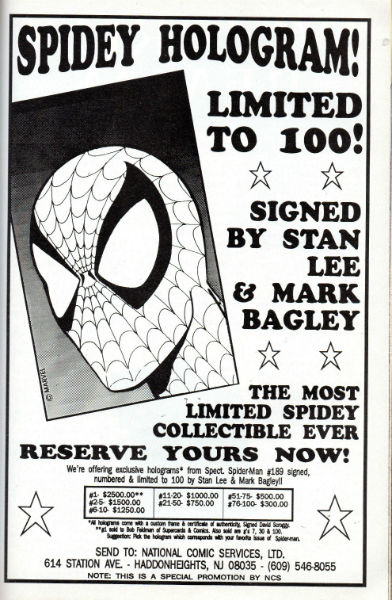
Here is a great example of how much money speculators would dish out to own something they thought would increase in value enough to put their kids through college one day. This is an ad for a Spiderman Hologram trading card, that is signed by comic legend Stan Lee and Mark Bagley. During that era, items that were limited in number tried to pass themselves off as having even MORE value if the number indicated it was from the beginning of the print run. You can see here that the first numbered card costs $1000 more than the second card printed. The costs go down from there. I'm sure all of these cards were printed on one sheet at the same time, so how exactly is one worth more than another? I never knew the answer to that, and I'm sure many speculators paid a lot of money to eventually find out that there is no difference.
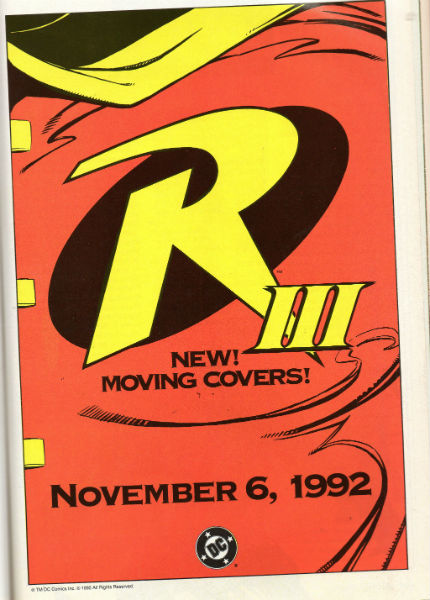
This ad is a GREAT example of the advertising being geared toward the speculator, and not the true comic book reader and lover. It's an ad for Robin III mini-series. Notice the only selling point mentioned is it features "moving covers"...whatever the heck that was. Not a single mention of what the series was going to be about. Heck, not even the title of the book is listed. If you didn't know what that R symbol stood for, you'd have no clue what character would appear in the book!
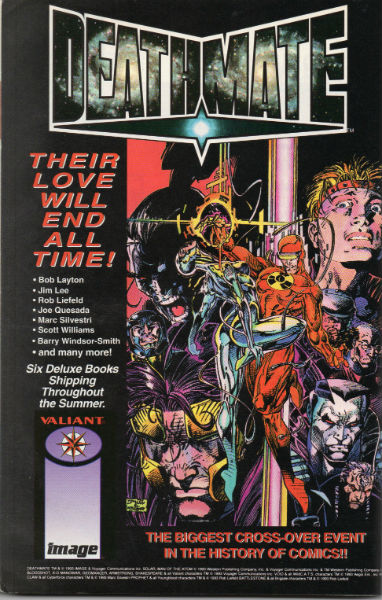
Ahh, Deathmate. The Biggest Cross-Over Event In The History of Comics. At least for that year or month anyway. Deathmate was a cross over between two companies that sprang up during the speculator boom period. Both had tremendous success in their early days, with some Image titles setting sales records that were insane. Today, a comics title is doing really well if it sells 25,000 copies. Some early Image books touched 1 million copies. Pretty dang impressive. But those were bought by speculators. Unfortunately, in the real world, the more there is of something, the less valuable it is. A hard lesson learned by most, if not all speculators from that time period. These books went for as high as $100 per issue on the secondary market during their run. Nowadays, you can find them in quarter bins at comic book shows all over the country.
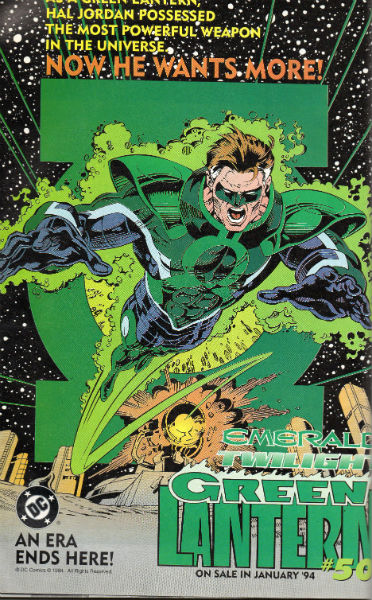
For the last entry in this article, I've included an ad for Green Lantern #50. It's one of many symbols from the speculator boom. After the Death of Superman storyline proved so popular, everyone decided that their oldest and top characters needed a radical shakeup to draw interest and sell higher numbers. In Green Lantern's case, Hal Jordan went mad, murdered his fellow Green Lantern Corps. members, killed his arch enemy, killed the Guardians who created the Corps, and usurped all the Green Lantern power for himself in an effort to remake the universe in his own vision. Quite the ride. So many other title characters underwent major cross overs, life changing storylines, and "deaths" in the early - late 90's trying to capture that same spark that the Death of Superman created. All of it led to the speculator market, which in turn led to a very dark time for comic books after that speculator market died.
Sales numbers fell off a cliff in the mid-90s. It got so bad, that the juggernaut you know as Marvel Comic's even filed for bankruptcy. A result of trying to publish way too many titles, with way too many copies of each.
When I started to do this article, I felt like it would be a fun look back at some classic comic book advertising. What it turned out to be was a little sad. I loved collecting comics in those days, and I have so many fond memories of trading comics with friends, and talking about them in general. The sad part is the realization that great titles like those found in the Ultraverse line died off with the speculator boom. Many comic book shop owners had to close their doors. Many creators found themselves out of work. It was a fun time in the moment, but the toll it took on the medium is still felt to this day. Hopefully the next time I do an article like this, it will be a little more cheerful.
Mickey Yarber is a freelance writer and lover of all things fun from our childhoods. He has a blog where he shares childhood memories of tv shows, toys, movies, games, cartoons, food, school days, and a host of other things. Stop by and check him out at:
And for even MORE retro goodness, follow him on twitter at @yesterdayville
